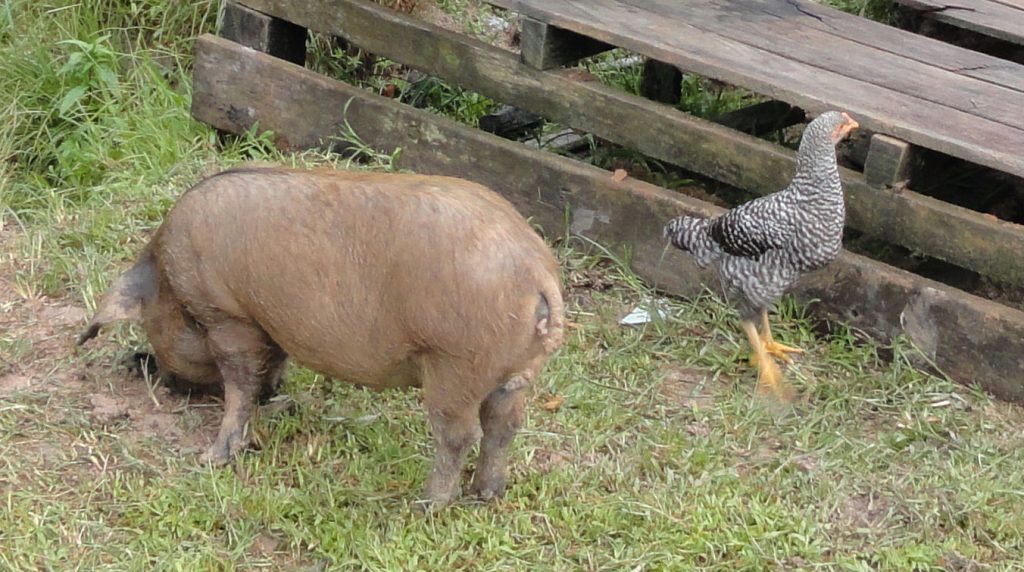
When I worked on case studies in school, I always wondered why real life decision makers could not see the solutions as easily as we students could. The simple answer was that they did not have all the facts that we did. A slightly more sophisticated explanation was that they did not have all the fact laid out for them as we did. But the biggest reason was that we were merely answering questions, whereas they need to determine what questions to ask and what values to prioritize.
How to do something is often much clearer than knowing what to do. Understanding what to do, in turn, depends on a deep understanding of the environment and the available options and then figuring out the essence of the problem. This is the hard part and the part we often skip over or refuse to do. We want to jump in and get to the serious work of deciding. Most of us have limited patience with framing the problem and parameters. Thinking about the problems looks too much like inactivity. Once you got that down, however, solutions often seem self-evident.
Case studies are easier than real life because all the heavy intellectual lifting has been done and the problem simplified, defined. It is the same reason that people looking backward from today often can’t understand the dilemmas faced by people looking forward in the past, why most people are much more successful in theoretical retrospect than they are in the here and now. Of course, figuring out the solution in an academic sense is much easier than making it work in the real world, but that is another story.
My picture shows a pig and chicken in Acre. It is not unrelated to my text. One of my management maxims is to to separate commitment from mere involvement. You can tell the difference when you look at your ham and eggs breakfast. The chicken is only involved; the pig is committed.
